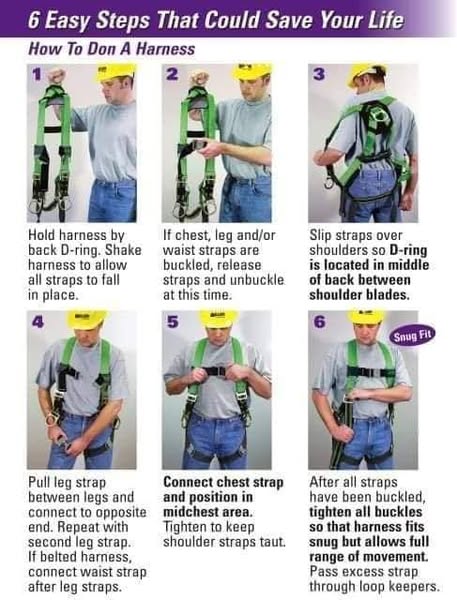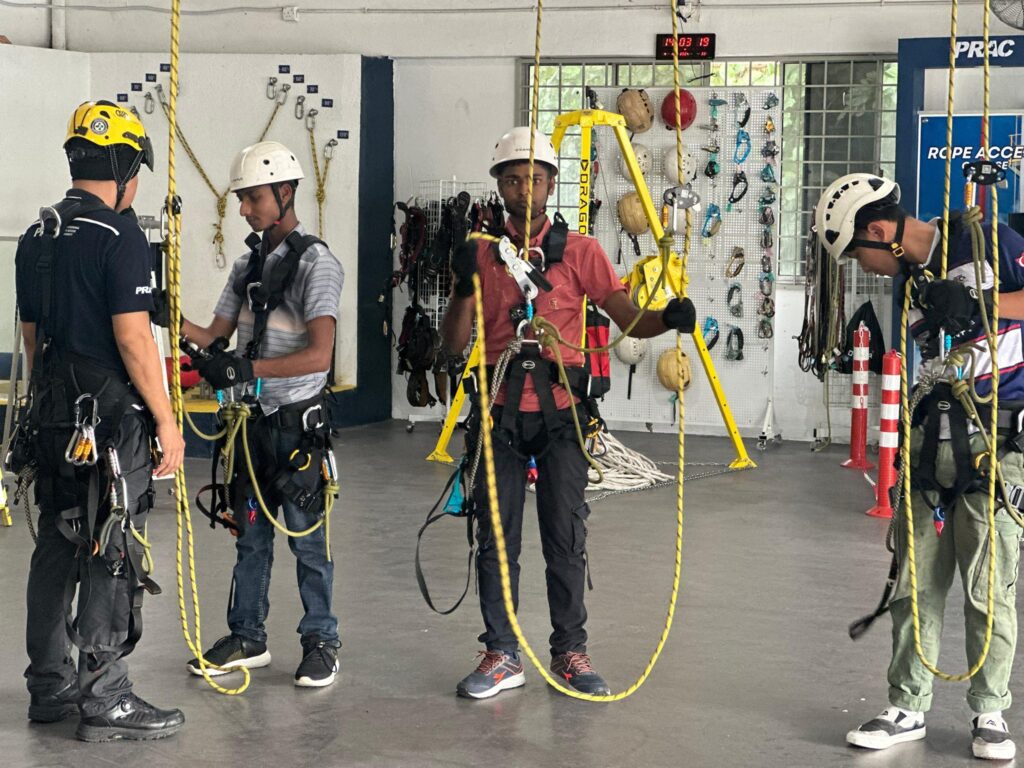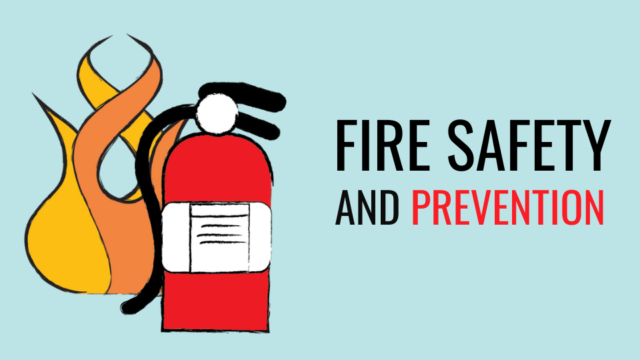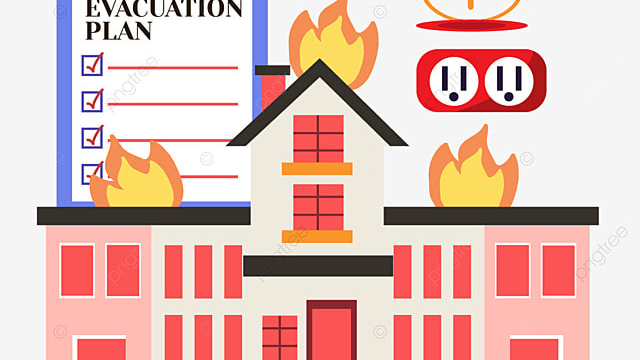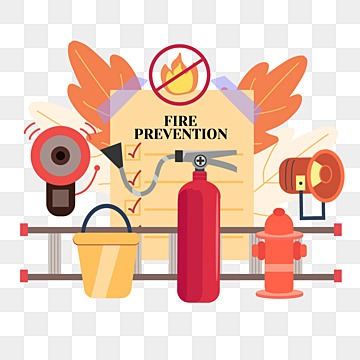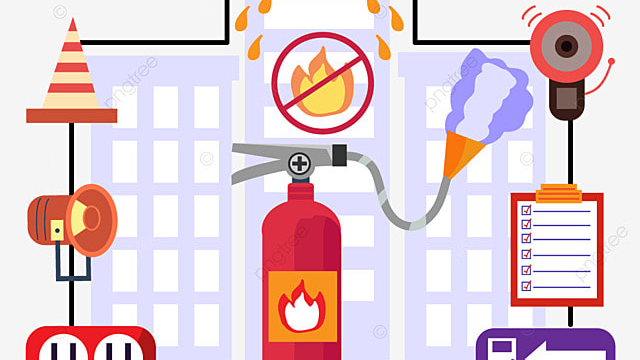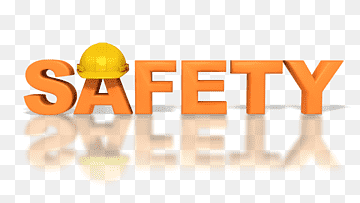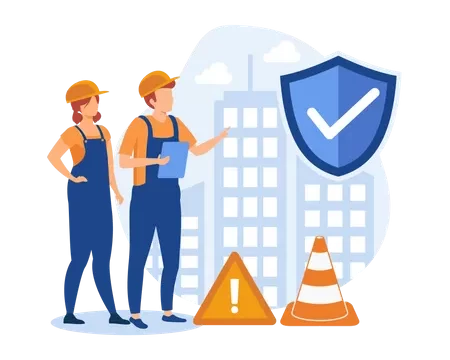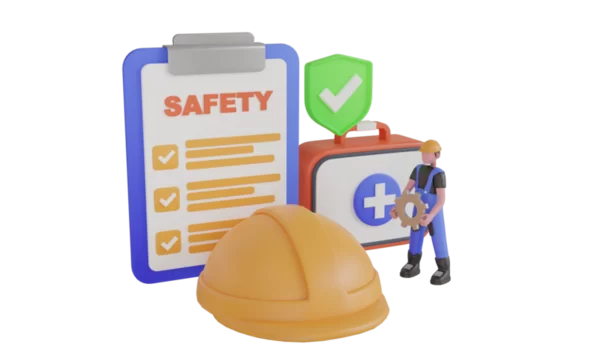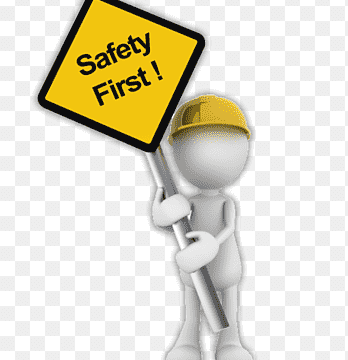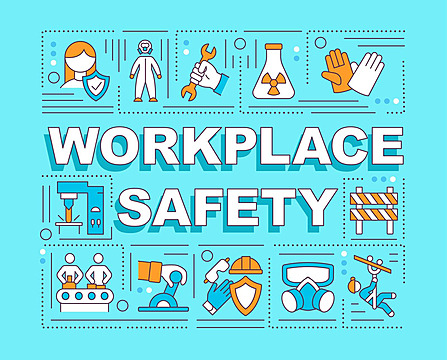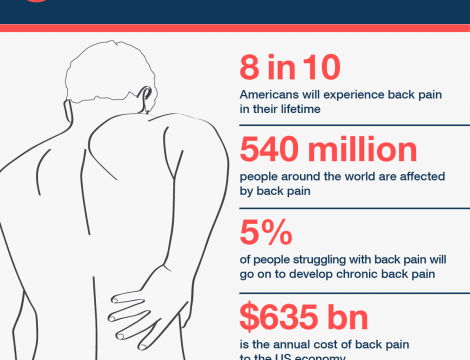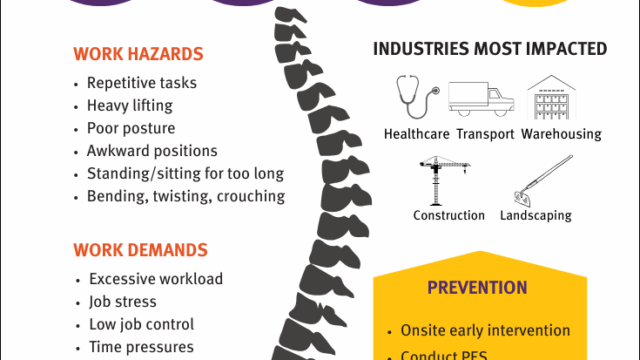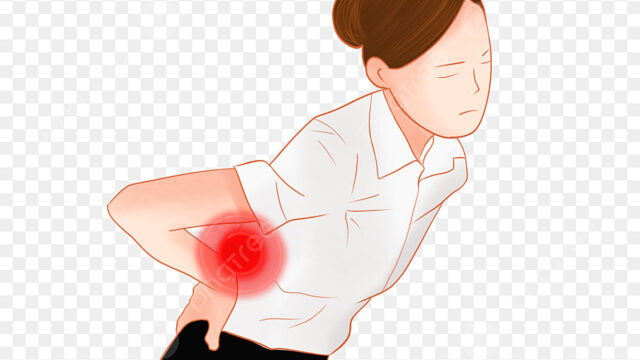Popular
Work at Heights Training
Description
Work at Heights Training
Course Outline
- Introduction to Working at Heights
- Overview of risks and hazards associated with working at heights
- Legislation, standards, and regulations governing work at heights
- Risk Assessment and Hazard Identification
- Steps in conducting risk assessments
- Identifying potential hazards
- Control measures to mitigate risks
- Fall Prevention and Protection Systems
- Hierarchy of fall protection (elimination, prevention, restraint, arrest)
- Types of fall protection systems and equipment (harnesses, lanyards, anchors)
- Inspection, maintenance, and storage of fall protection equipment
- Safe Work Procedures
- Planning and preparation before work begins
- Safe use of ladders, scaffolding, and mobile elevated work platforms (MEWPs)
- Emergency and rescue procedures
- Practical Applications
- Hands-on practice with fall protection equipment
- Simulation of work scenarios at heights
- Demonstration of rescue techniques
- Assessment and Feedback
- Written assessment on theory
- Practical evaluation of skills
- Review and feedback on performance
Course Objectives
- To educate participants on the hazards and risks associated with working at heights.
- To ensure compliance with legal and industry-specific safety standards.
- To provide practical knowledge on the use of fall protection systems and equipment.
- To develop participants’ ability to identify and mitigate risks through proper planning and risk assessment.
- To instill confidence in safely performing tasks at heights and executing emergency procedures.
Learning Outcomes
By the end of the course, participants will be able to:
- Understand and explain the risks, hazards, and legislative requirements for working at heights.
- Conduct a thorough risk assessment for work at heights scenarios.
- Select, inspect, and properly use fall protection systems and equipment.
- Develop and follow safe work procedures for tasks performed at heights.
- Respond effectively to emergencies, including fall rescue scenarios.
Methodology
- Interactive Lectures
- Use of multimedia presentations to explain key concepts and regulations.
- Open discussions to clarify doubts and share real-world examples.
- Demonstrations
- Live demonstrations of fall protection equipment and its usage.
- Simulations of common hazards and preventive measures.
- Hands-On Training
- Practical exercises with safety harnesses, ladders, scaffolding, and other equipment.
- Mock rescue operations to practice emergency response.
- Group Activities
- Collaborative risk assessment exercises.
- Scenario-based problem-solving sessions.
- Assessment
- Written tests to evaluate theoretical knowledge.
- Practical evaluations to assess hands-on skills.
- Feedback and Coaching
- One-on-one feedback on performance during practical exercises.
- Continuous coaching to ensure improvement and understanding.
Location
Review
Write a ReviewThere are no reviews yet.


